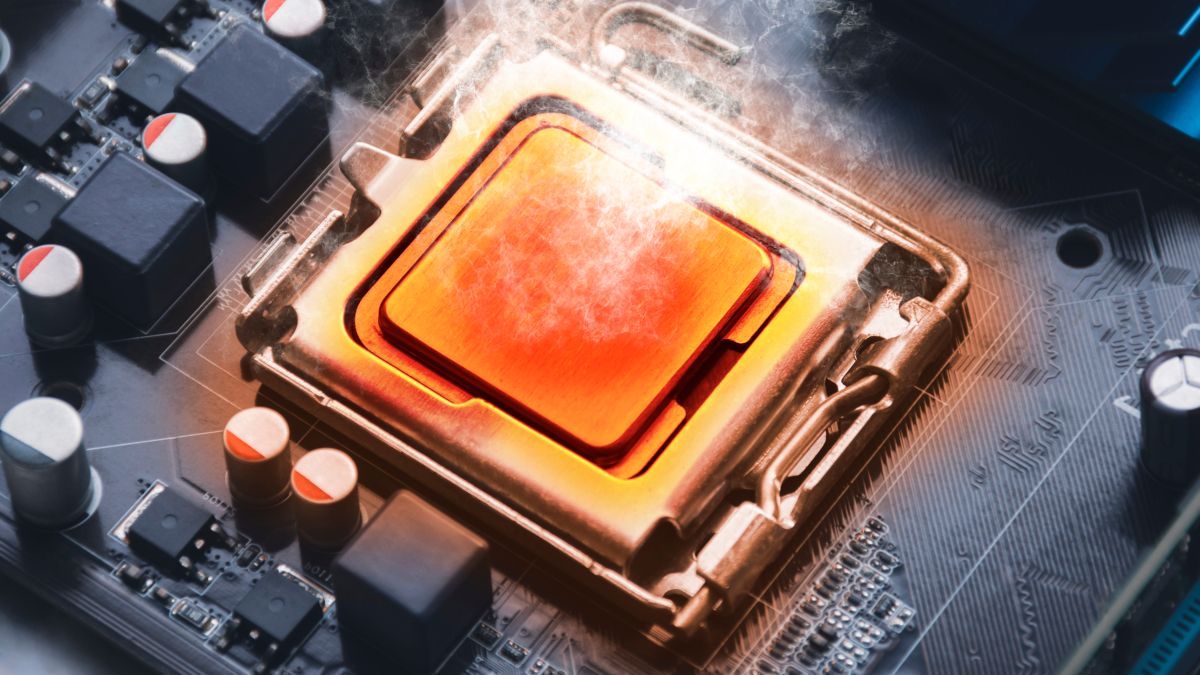Quick Links
Key Takeaways
A power virus places a high load on a processor (CPU or GPU) in order to generate heat that can potentially damage the device. It may refer to malicious code but is commonly also used as a name for stress testing software.
There are many different types of computer viruses, but a power virus can be especially malicious. Ironically, this sort of code also has a valid use in hardware design and resilience testing. Here's why.
What Is a Power Virus?
A "power virus" is a piece of computer code that forces a CPU or GPU to run at maximum power dissipation. This generates a large amount of thermal energy, with the aim of causing the processor to run at or above a temperature that exceeds the thermal design power (TDP) rating.
TDP is used in chip design to specify a level of heat that the cooling system should be able to handle while under load. It's sometimes referred to as thermal design point or thermal design parameter. A CPU with a TDP rating of 80w would be expected to output 80w of power as heat under load. Many users will never hit the rated TDP value outside of very intensive operations, which is where power viruses come in.
Power viruses are also known as "stressmarks" (like a benchmark) or stress tests, except instead of measuring performance they measure a processor's ability to handle stress. These are used extensively as a sort of torture test for processors by hardware designers, the press, and overclockers.
Tom's Hardware has an excellent guide to stress-testing CPUs and PCs with software that would qualify as a power virus. These tools allow you as the user to retain control and stop at any time, whereas a power virus induced by malicious code has no "off" button.
Power Viruses Can Cook Your Machine
The ultimate goal of a power virus is to generate enough thermal energy to put the system under serious stress. Over an extended period, this will result in a huge amount of heat being generated which could cause permanent damage to hardware like the CPU, GPU, or motherboard.
The more effective the cooling solution, the longer a computer can be expected to operate under power virus conditions. Even if the heat output isn't enough to damage the CPU or GPU, the amount of heat generated can circulate in the case and lead to problems with other components.
This is just one of the reasons good case airflow is so important for protecting every component in your computer.
Run an Antivirus If You're Concerned
While Mac users generally don't need to worry about an antivirus, Windows users should understand how to check for the presence of malicious code to stay safe.
As for stress testing your PC? Overclocking is easier and safer than ever, and many GPUs and CPUs "overclock" themselves. You shouldn't worry about stress testing with your machine as a home user unless you fully understand the risks.

